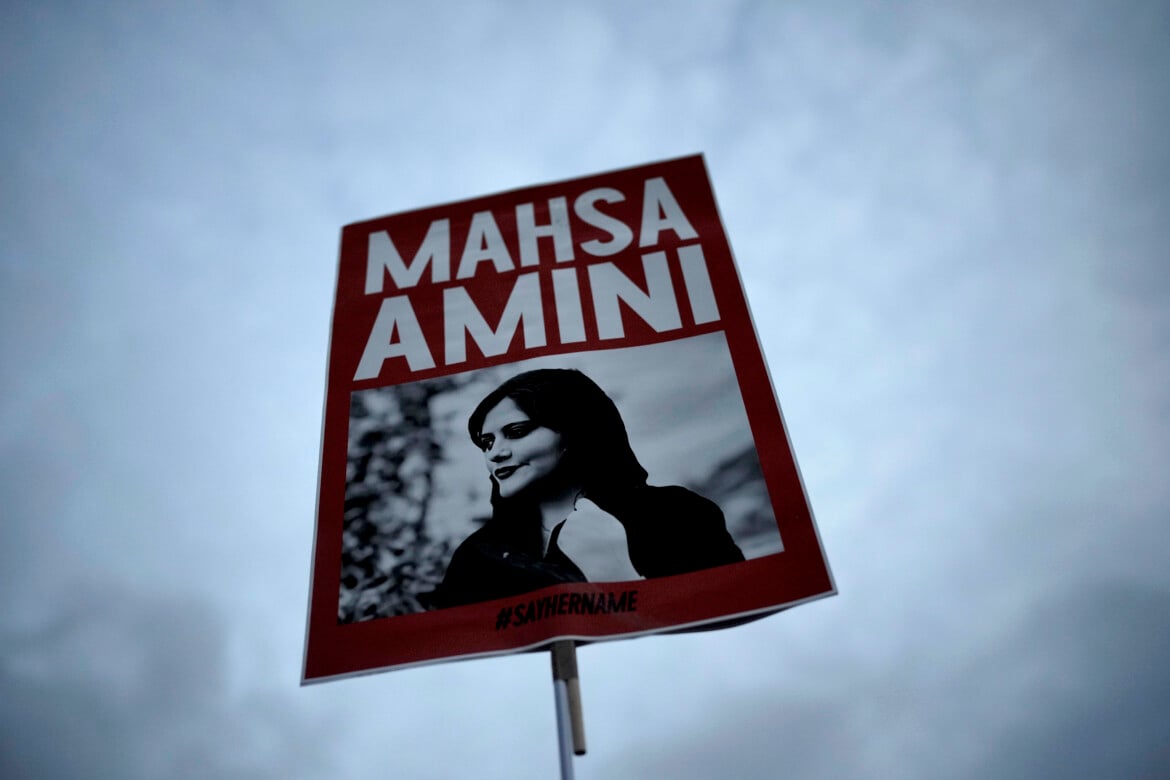Analysis
The legacy of Mahsa Amini: Iranian society has changed, but the regmine hasn't
With enormous sacrifice in terms of liberty and human lives (520 killed and 20,000 arrested in a few months), the hijab has thus been transformed from a “legal obligation” to a “social choice” – a change widely considered to be permanent.

Three years ago today, Mahsa Amini died in the custody of Tehran’s morality police. The young woman had been arrested for improperly wearing her Islamic headscarf. Her death was the spark that ignited the “Woman, Life, Freedom” movement, which – despite severe repression by the regime – has marked an irreversible turning point in Iran’s contemporary history. Women, now at the center of the struggle, in a departure from past movements, have reclaimed their visibility and social presence, transforming their bodies – long controlled by patriarchal laws and traditions – into symbols of resistance and a reconquest of freedom.
With enormous sacrifice in terms of liberty and human lives (520 killed and 20,000 arrested in a few months), the movement succeeded in establishing the de facto ability to choose whether to wear the hijab in public spaces. It effectively challenged many existing social dichotomies, reducing the divides between the urban center and the periphery, between veiled and unveiled women, and entrenched gender inequalities. It engendered a pluralism that united different segments of society.
One of the most significant results has been the public secularization of a woman’s right to her own body and clothing. Although opposition to the mandatory hijab had long existed out of sight, the movement brought it into the public sphere, turning it into an accepted social norm.
The massive presence of women without hijabs in public places, combined with the implicit acceptance by shopkeepers and employers, is proof of the stabilization of this new norm. The hijab has thus been transformed from a “legal obligation” to a “social choice” – a change widely considered to be permanent.
But Iran’s repressive regime remains in power, even in the face of widespread dissent and criticism from some of its own supporters. The system relies on a robust security and repression apparatus that controls the security services, the military, the media, and the judiciary. It minimizes organized protests and uses propaganda and censorship to engage in social and psychological engineering.
At the same time, the older population is burdened by deep anxiety and a learned helplessness born from the costly consequences of the past: the 1979 Revolution and the Iran-Iraq War. These experiences lead them to prefer “the devil you know” over an uncertain and potentially worse future. The fear of chaos and civil war, based on historical experience, is a powerful deterrent.
To this one must add threats and attacks from external actors, such as Israel, which paradoxically reinforce the regime’s defensive legitimacy. These are perceived by the population as threats to territorial integrity and national security, stimulating a nationalist reaction.
Nor should one underestimate the fact that, for many sectors, economic interests are tied to government grants or even to international sanctions, which contributes to a resistance to change. For example, religious institutions in Iran receive around $540 million a year, $290 million of which is for state television alone. These institutions are so powerful that even influential figures like Iranian President Masoud Pezeshkian are effectively unable to cut their funding.
However, Iranian society is anything but static, and history shows that anything can change. For many, the role of the internal opposition – made up of activists, intellectuals, journalists, and political figures operating within the country, often at great personal cost – remains crucial for a sustainable and peaceful democratic transition, even as it contends with immense challenges and the limits imposed by the regime.
The opposition abroad, by contrast, is often described as dispersed, divided, lacking cohesion, and unreliable. A significant part of it has adopted positions aligned with the policies and actions of Israel, from supporting its military attacks to remaining silent on the ethnic cleansing in Gaza. This is an attitude that many Iranians, including critics of the regime, perceive as a betrayal of national interests and making alliances with Iran’s historic enemies. The result has been a deep divide between the opposition in exile and the population inside the country.
At present, there does not seem to be a truly credible alternative force capable of convincing the people that a change of government would lead to better conditions. There is still a long way to go until democratization in Iran.
Originally published at https://ilmanifesto.it/leredita-di-mahsa-amini-una-svolta-irreversibile-nella-societa-iraniana on 2025-09-16
